- You do not have any products in your shopping cart yet.
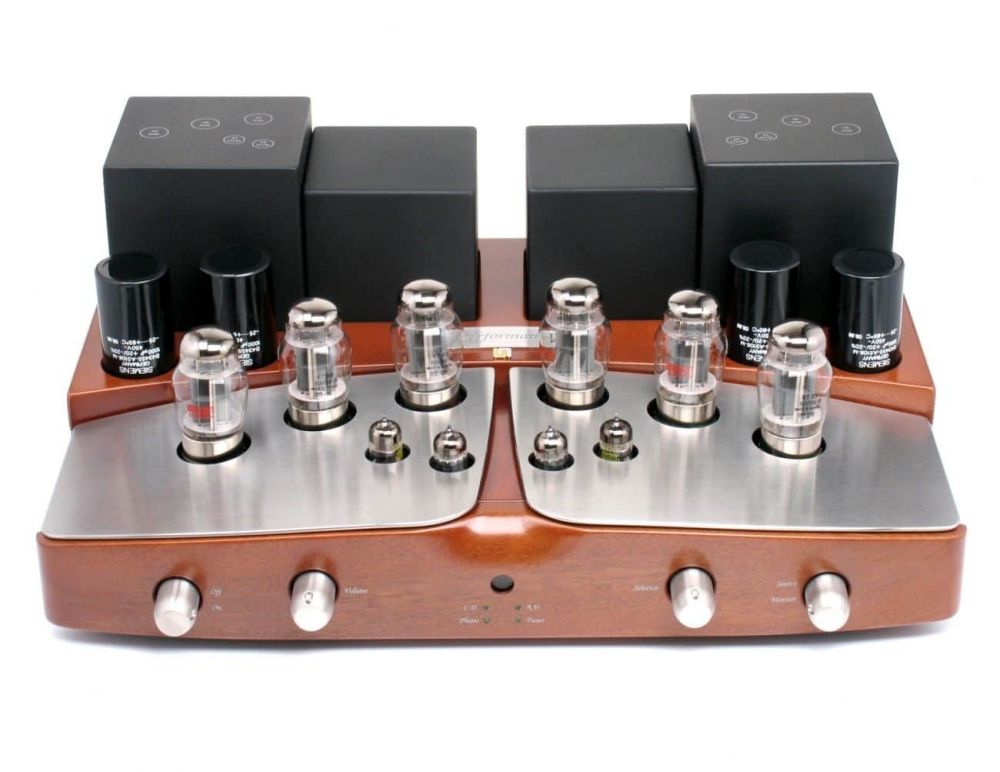
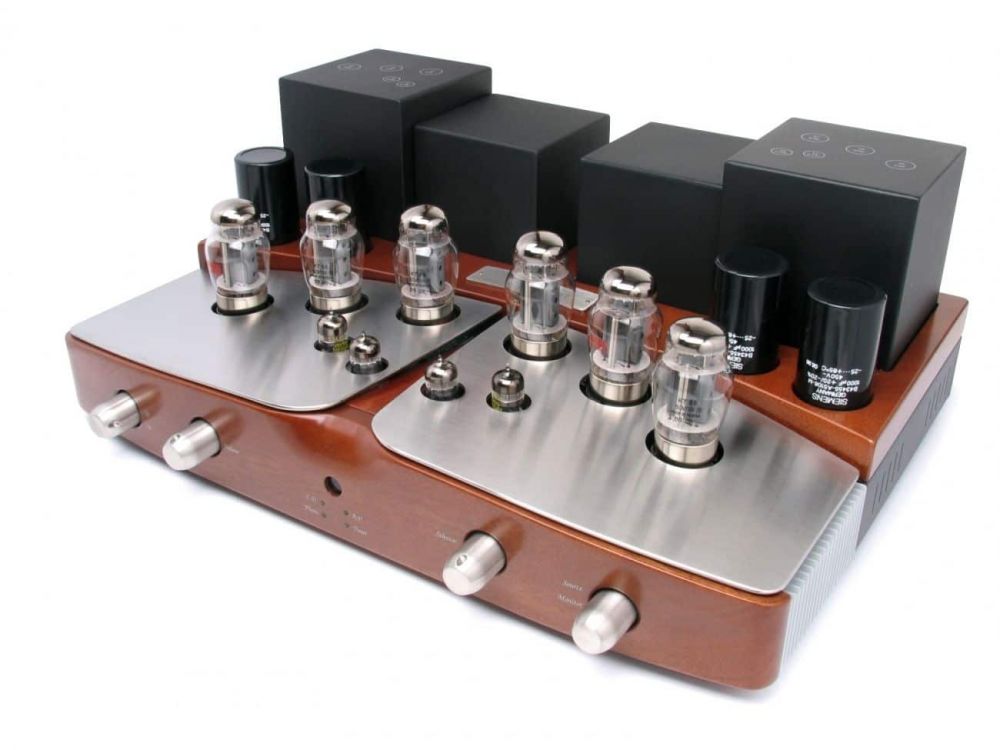
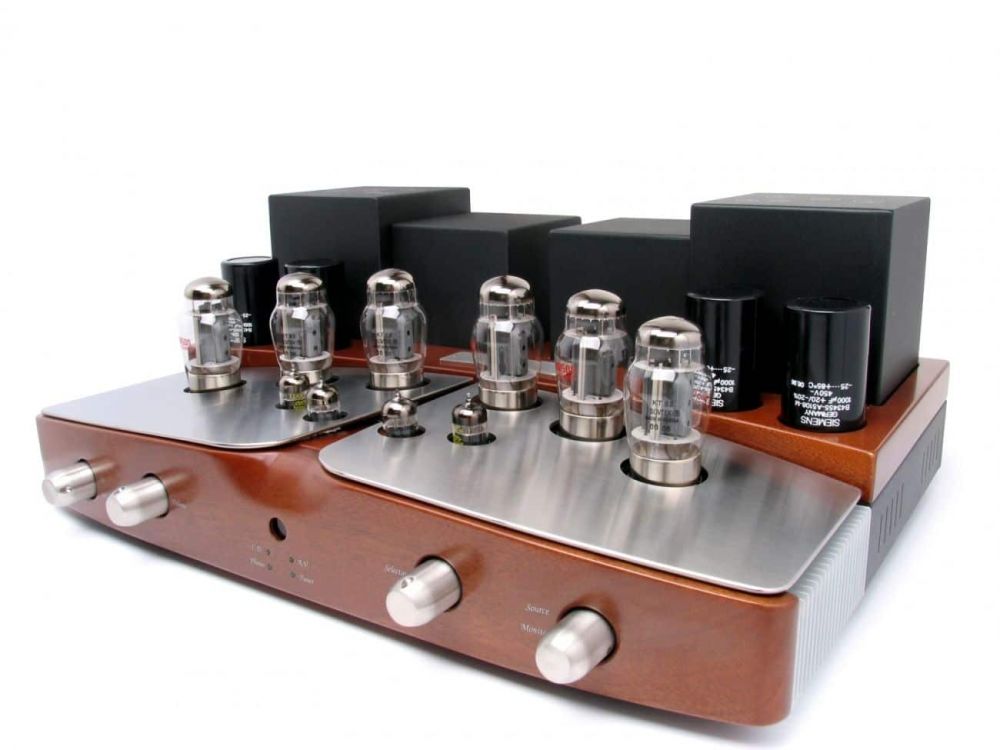

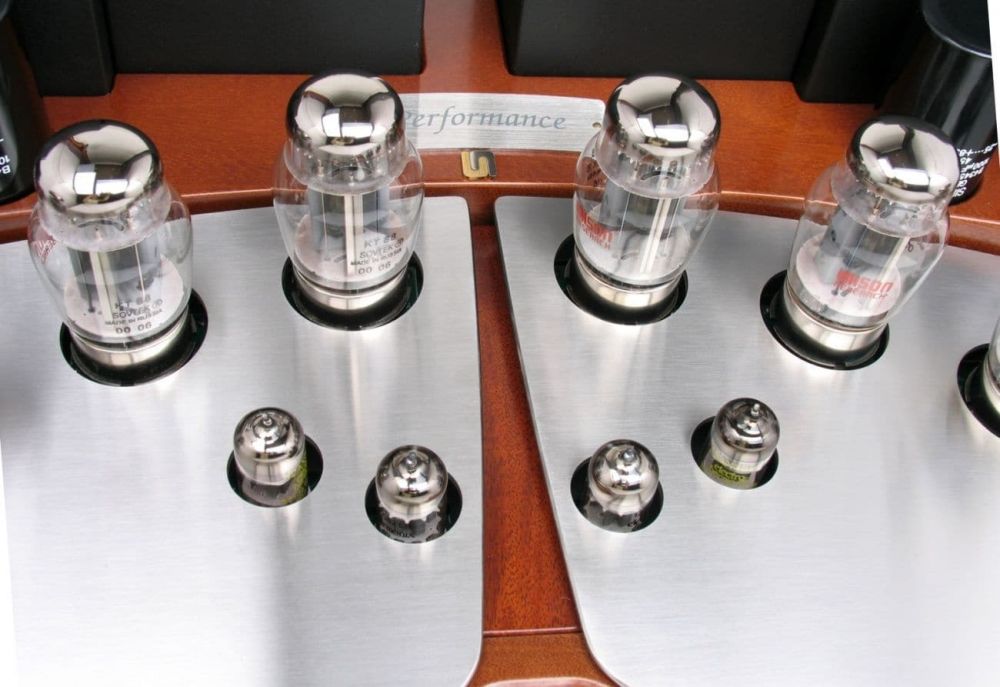
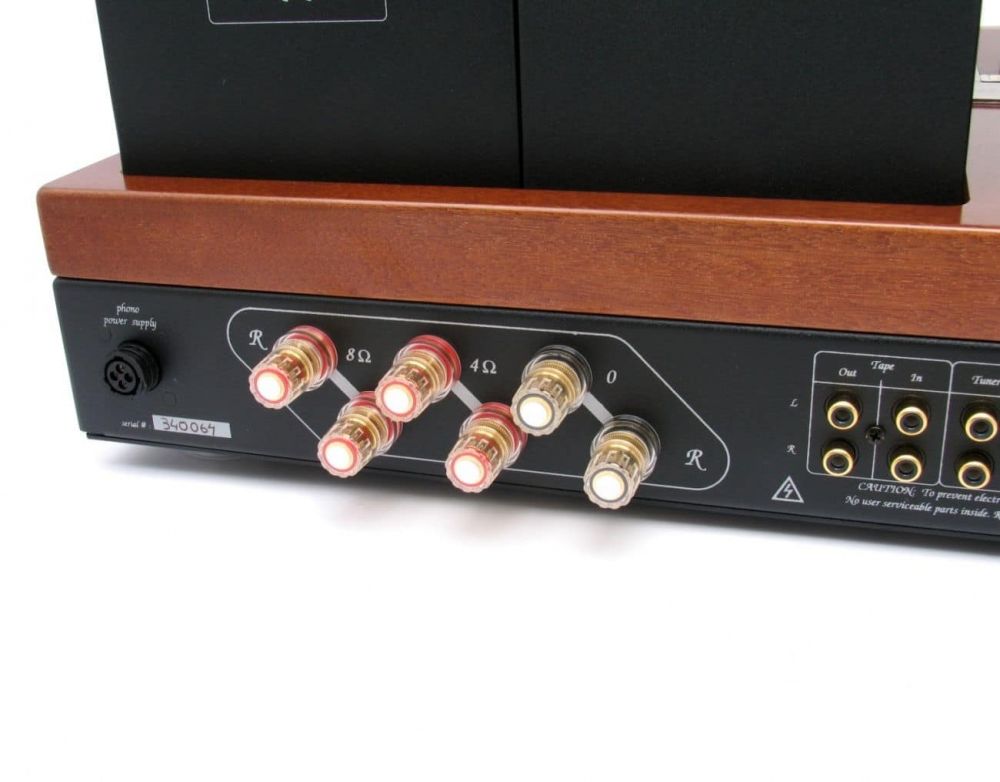
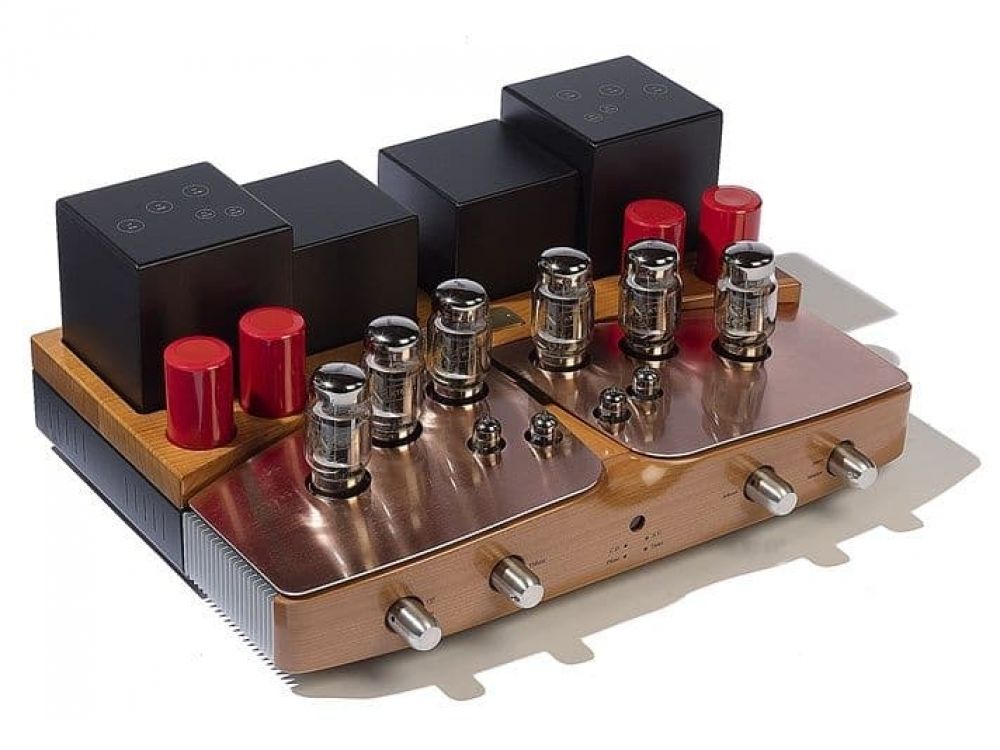
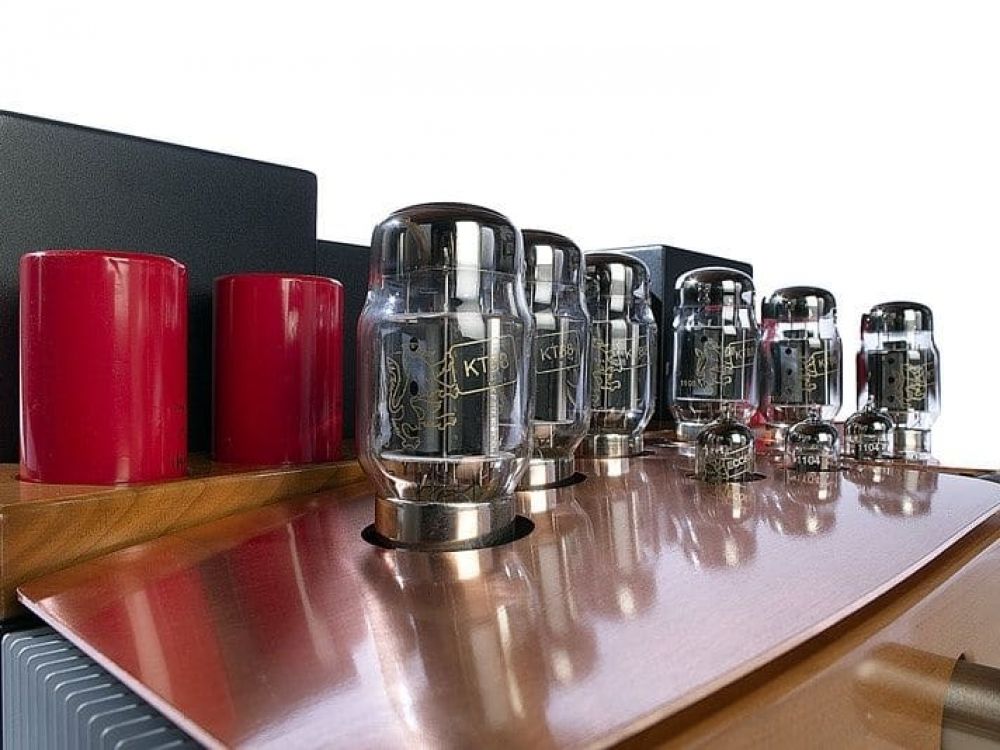

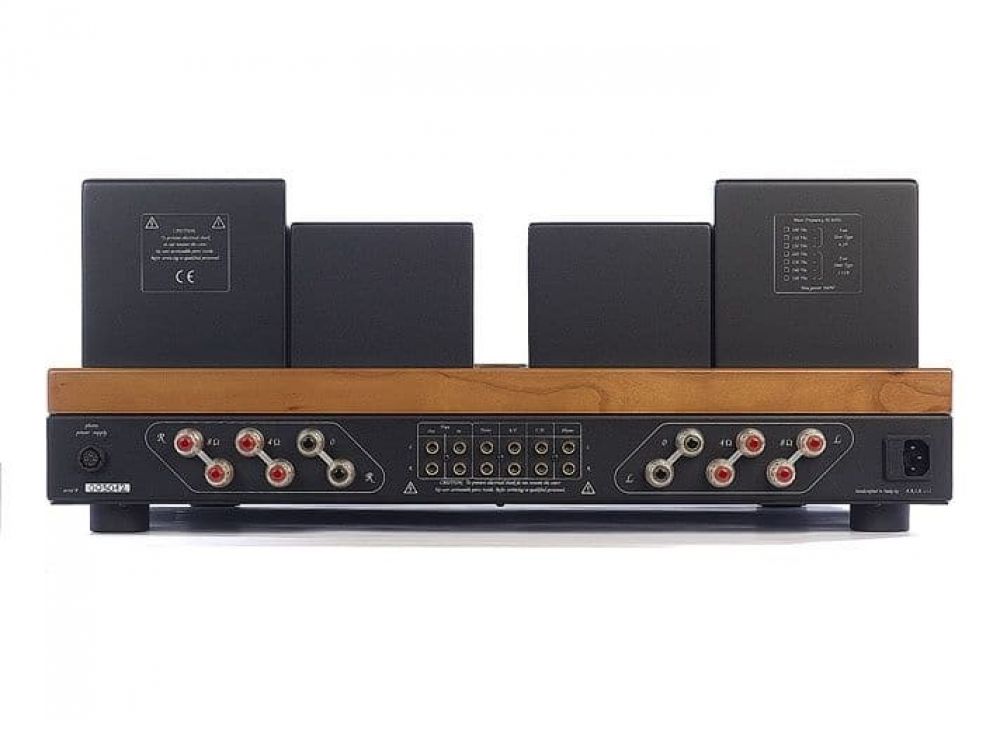










Unison Research PERFORMANCE Integrated Valve Amplifier
UNISON RESEARCH PERFORMANCE, Dual Mono Single-Ended Parallel, Ultralinear Class 'A' Stereo Integrated Valve Amplifier.
[Finishes: Cherry, Mahagony]
Description
During its twenty year history to date, Unison Research has produced not only separate pre- and power-amplifiers, but also many integrated amplifiers of both low and medium power output. Integration offers several advantages, not only for simplicity and practicality of use, but more especially for {he impovements to sound quality that can be obtained. An integrated amplifier requires less cabling than its separate counterparts both for mains supply and for interconnects, which can give a worthwhile saving in cost, not to mention the fact that cabling can have an effect on the timbre, soundstage and dynamics.
The design of an integrated amplifier is more critical and complex than that of a separate pre-power combination. A single chassis design requires great care to isolate the sensitive gain stages from interference with the power supply or output stage.
Our experience with integrated amplifiers over the years has enabled us to produce some fme and very successful designs, some of which are revered as valuable classics, for example the widely renowned Absolute 845.
To satisfy the constant and pressing requests from our customers worldwide, Unison Research has decided to bring back into production one of its best known classic pieces, the PERFORMANCE.
We decided at the outset to introduce some improvements and important modifications to this integrated amplifier. First and foremost, the power output goes up from 24 watts to more than 40 watts per charmel, thanks to the use of six KT88 valves in the output stage. The new PERFORMANCE remains faithful to the winning look of the original – regarded by many as an obj ect of rare and pleasing elegance. The few changes are due to functional necessity, such as the insertion of large thermic radiators on either side, and the cover which uses two stainless steel screens. This material is amegnetic, with low heat conduction and we use it to prevent the heat generated by six KT-88s from reaching the circuits positioned below, which benefits stability and
sOlmd quality as well as .overall reliability.
As with all high quality integrated amplifiers, the PERFORMANCE is laid out in dual-mono configuration. Within a single chassis there are therefore two identical but fully independent amplifiers. This avoids any possibility of interference, whether electrical or electronic, between the two charmels. Valves are used for all the amplification stages, while all valves operate in pure Class-A mode.
From the very begimung, Unison Research has been dedicated to the design, development and manufacture of output transfom1ers, convinced that these components (which very few makers in the world are able to design and build) are largely responsible for detelmining the ultimate quality of sound of a valve amplifier.
Thanks to these special transformers it has been possible to design an output stage for the PERFORMANCE using three KT88 valves per channel in a parallel single-ended ultralinear configuration. Ultralinear operation is possible thanks to a particular adaptation of the output transformer which enables it to see the KT88 tetrodes as if they were triodes.
Preamplification and power stage drivers are based entirely upon triodes, with the use of ECC 83 and ECC82. With these valves it is possible to obtain excellent linearity and a virtual absence of odd order hannonic distorsion. Both these stages are designed with triodes in parallel and use automatic biasing. This allows the output impedance of the two circuits to be usefully reduced, while total hannonic distorsion is also reduced and signal to noise ratio is increased.
Particular attention in the design phase was given to the output stage which, as stated previously consists of three KT-88s in parallel. The use of output valves in parallel is capable of giving excellent sonic results, but their use is critical in that they impose the need for rigorous selection and matching of the valves. The problems are only partly resolved by the use of selected valves since over time the characteristics of the valves tend to alter in a non-uniform marmer, which could lead to unbalanced output, power loss and an increase in hannonic distorsion. Having fully evaluated all aspects of valve behaviour over time, a special and original circuit has been developed in our laboratory which neatly solves the problem by constantly checking each valve for variations in performance and adjusting the bias accordingly. With this circuit the amplifier is able to maintain peak performance even after years of use. As an added bonus, the circuit enables warm- up time from switch-on – necessary for all valve amplifiers – to be much reduced.
The same care and attention taken over the amplifying stages has been given to the power-supply. The power transformers of PERFORMANCE are not ordinary transformers, but have been designed and made with the same criteria as the output transformers, not only for reliability but also to ensure ideal conditions of operation for the whole amplifier. It is useful to remember that all the energy flowing to the loudspeakers comes from the power transformers. These are provided with a large number of secondary windings in order to furnish the precise requirements of each group of components whilst reducing the interaction between them. Preamp and driver valve filaments are supplied with direct current. Power valves on the other hand require heating of a different order and are therefore supplied with alternating current, each from a separate winding and independent balancing network. In this way problems associated with high current rectification are avoided, independent bias of the three output valves is maintained and the efficiency of the amplifier is thereby improved.
Anode tension for an amplifier would ideally be supplied by a battery, but obviously this is not possible for a number of reasons; cost, life-expectancy, size, weight and so on. We spent some considerable time studying this problem to determine if it would be possible to provide anode power supply close to what would be provided from a theoretical bank of batteries, and after much experimentation we were able to p(frfect a valid solution. To remain faithful to the philosophy of valves, each power supply is effected with a single supply to each valve, a power Mosfe!. This component is used as a separation stage between rectified voltage at the transfomler secondary and the supply voltage at the output stage, the anode voltage. Its purpose is to regulate the load cunent of the filter capacitors, which therefore is perfectly continuous and not, as in nonnal circuit designs, impUlsive. One other significant advantage is that the output capacity of the power supply is called upon to furnish only the component required in signal amplification (having excluded those associated with rectification) which results in an increase in the total effective size of the filter capacitors. The anode supply developed for PERFORMANCE may therefore be considered as having an output capacity far greater than a normal power supply, and moreover capable of behaving in a way which is akin to a that of a battery.
The PERFORMANCE is supplied with an infra-red remote control for analogue control of volume via an ALPS motorized potentiometer of the prestigious RK27 series, as well as for control of input selection. The chosen input is indicated at switch-on by illumination of its associated led on the front panel. A tape monitor switch is also provided. Input selection and tape monitor operation are carried out by gold-plated and hennetically-sealed relays to reduce to the signal path to a minimum, thereby avoiding the possibility of signal degradation, and maintaining good reliability over time.
Six large gold-plated loudspeaker terminals are provided for each chamlel, capable of accepting all types of cable ternlination in either single or bi-wiring for either 4 or 8 ohm loads. Input sockets are also of high quality and gold-plated.
The on/off switch on the front panel does not act directly on the incoming AC mains but instead commands a pair ofpower relays, one for each channel. These relays are placed close by the mains transformers allowing AC mains cabling – and hence the possibility of mains induced disturbance – to be kept to an absolute minimum.
The rear panel hosts an output socket for cOIDlection to the Unison Research Simply Phono, thereby allowing a phono stage of suitable quality to be used.
Nothing has been left to chance in the design and realisation of the PERFORMANCE. To cite just a few examples; the chosen component parts, the control knobs and wooden parts, the chassis itself and the printeq circuit boards. Control knobs are machined from solid anlegnetic stainless steel. Thanks to their ‘weight, mass and balance, they provide smooth and precise control when operated manually. The wood parts – which have an obvious and fundamental appearance value – have also a less obvious but equally important and carefully calculated purpose, that of danlping any resonances which may otherwise be induced in the metal chassis. Thariks to this structural danlping the valves themselves (which like all vacuum tube devices are susceptible to microphony) are much less liable to generate unwanted resonance-related effects. For the best reliability and long-term musical quality, all the components used in the PERFORMANCE have been chosen with care – from the non-inductive resistors to the filter capacitors, from Italy’s Italcond and Germany’s Siemens, from the valve bases in pure ceranlic to the printed circuit boards in vetronite. The dimensions of the pcbs and the placement of the vents for air circulation – all has been accurately studied to avoid overheating of internal components and to the beneit of long term amplifier reliability.
The pcbs – independent for each channel – are made with great care in the layout of signal paths, power supply tracks and even the dimensions of the tracks themselves. Star grounding is used, the signal tracks are widely separated, all in the quest for the cleanest passage for the audio signal.
All this and much besides comes from two decades of experience of Unison Research, and guarantees that the new PERFORMANCE is indeed a superb integrated amplifier, the pride of our current production.
Unison Research PERFORMANCE LIMITED EDITION
Anniversary Edition
Dual mono class A, tube amplifier, completely channel-separated construction, automatic bias adjustment
Unison Research PERFORMANCE
Technical characteristics
- Type: Dual mono Stereo Integrated Valve Amplifier
- Output Stage: single ended parallel ultralinare A class
- Output Power: 45 W / channel
- Inputs: 4 line, 1 tape
- Input Impedance: 47 kOhm
- Outputs: 1 tape, loudspeakers bi-wiring
- Output Impedance: 4 – 8 ohm
- Feedback factor: 16 dB
- Frequency Response: 20 Hz – 30 kHz
- Valves: 6 x 6550/KT88 , 2 x ECC82 , 2 x ECC83
- Remote Control: IR inputs and volume
- Power Consumption: 500VA max
- Dimension: 60cm x 48cm x 23,5 cm.
- Net Weight:50 Kg
Unison Research PERFORMANCE LIMITED EDITION
Technical specifications
- Power: 2 x 40 watts
- Tubes: 4x ECC 83 and 6x KT88
- Strictly selected Golden Lion tubes
- IR system remote control
- In the Mundorf signal path capacitors
- Copper heat plates
- Dimensions: 600 x 480 x 235 mm (WxDxH)
- Weight: approx. 50 kg
- Consumer Information :
-
Manufacturer InformationUnison Research
Via Barone 4
31030 Dosson di Casier
Treviso, Italy
Tel: +39 0422 633547
Web: https://unisonresearch.com/en/
Distributor in Germany (EU)
TAD-Audiovertrieb GmbH
Warnings and information
Hallwanger Str. 14
83209 Prien am Chiemsee
E-mail: hifi@tad-audiovertrieb.de
Web: https://tad-audiovertrieb.de
Tel: +49 (0) 8052 9573273
We currently have no safety information or warnings from the manufacturer.
Customer reviews
Unfortunately there are no reviews yet. Be the first who rates this product.
For more information, please visit the home page for this product.




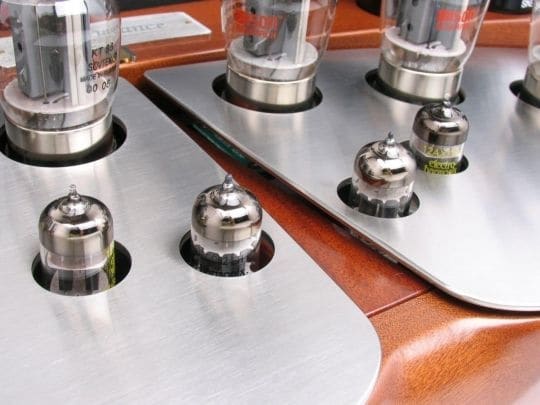




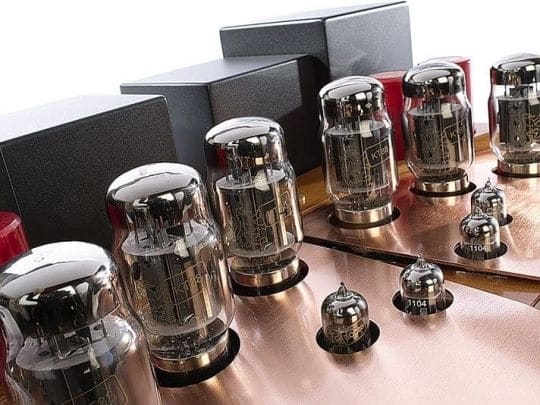

.jpg)